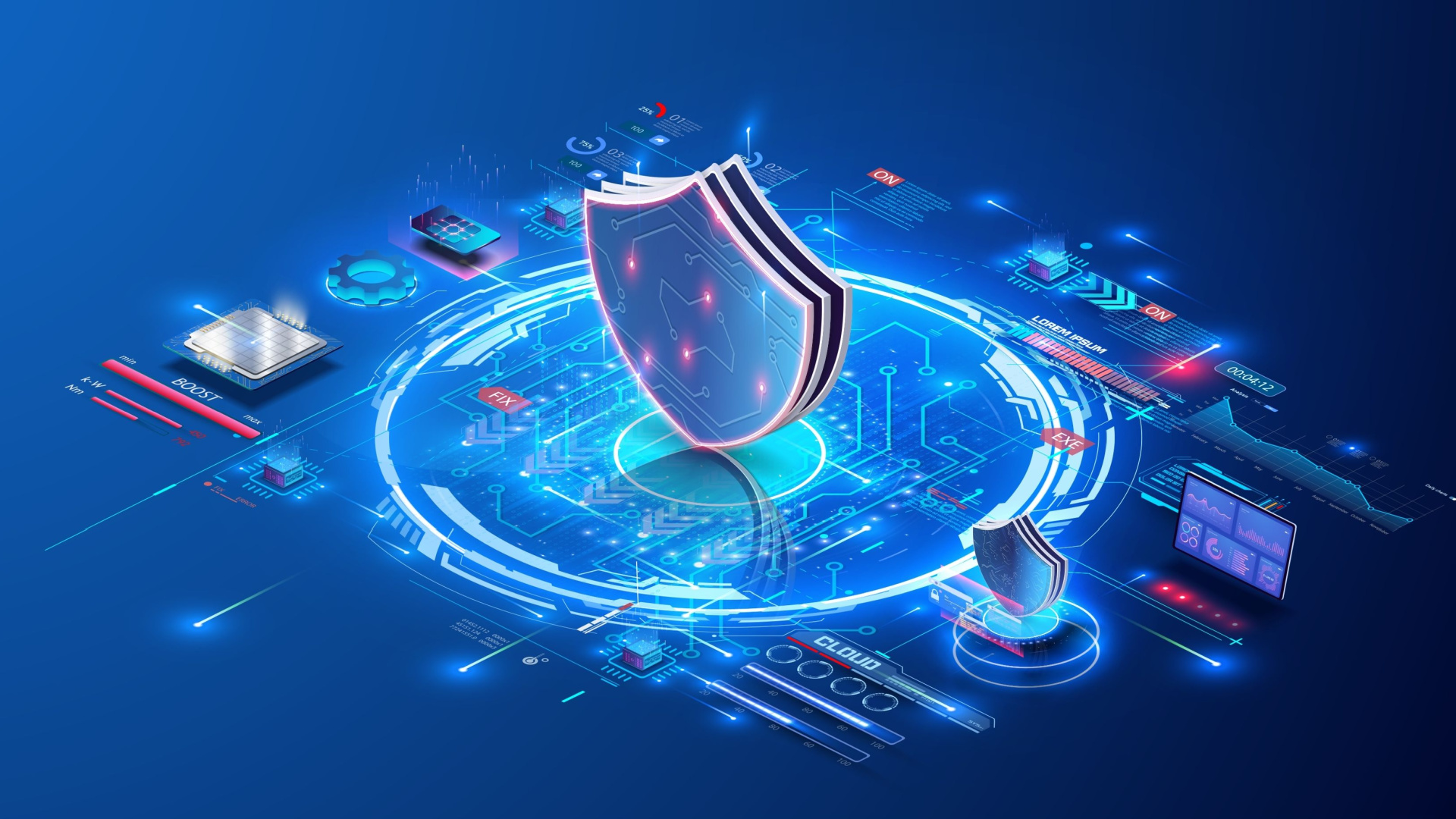Zero-Trust log file intelligence: what you need to know
Zero-trust ensures secure, encrypted log access, balancing security, privacy, and productivity efficiently

Zero-trust access is a rigorous security model that is increasingly becoming the benchmark for companies and governments. It shifts away from traditional perimeter-based security to continuously challenge and verify the identity and authorization of users and devices before granting access – even to the CEO, who has worked there for twenty years. Users are then granted only the minimum permissions necessary to perform their tasks, limiting the potential damage they can do while ensuring they can still do their jobs.
One area where zero-trust can be effective is with log file intelligence. This is because while incredibly valuable for infosecurity and threat detection, log files can also be a system vulnerability. As such, they need to be both protected at all times and accessible to those who need them.
This article explores the challenges of implementing zero-trust log file intelligence and how emerging technologies can address these challenges.
CEO of OmniIndex.
Log files: they reveal everything
Log files are digital records that reveal information about a system's activities. They are a crucial source of intelligence as, by analyzing them, organizations can gain valuable insights into network performance, identify vulnerabilities, and detect suspicious activity.
However, their value is also their threat. As if they reveal everything, then those with access to them know everything as well. For example, an attacker could use log files to track users' activities, identify privileged accounts, and steal sensitive information. Once they have used that information to access the system, they could use log files to manipulate, steal, or hold critical information to ransom.
It is, therefore, crucial to manage log file access throughout the workflow to ensure the absolute minimum access possible for analysts and cybersecurity staff and to protect them from exposure.
Step one: secure collection and storage
To protect the integrity and security of log files, collecting and storing them in real-time in a tamper-proof and isolated environment is crucial. One way to manage the collection of this large-scale log file data is with OpenTelemetry. Its standardized approach and ability to integrate with various backends, including postgres, makes it a go-to option.
Are you a pro? Subscribe to our newsletter
Sign up to the TechRadar Pro newsletter to get all the top news, opinion, features and guidance your business needs to succeed!
Blockchain technology, meanwhile, offers an ideal solution for their storage. Its immutable nature ensures that logs cannot be altered, preserving their integrity and ensuring a compliant and transparent record. Additionally, the decentralized nature of blockchain reduces the risk of an attack with no single point of focus.
Step two: least privilege access control
Secure log management requires balancing security and productivity to ensure logs are never exposed while still enabling them to be analyzed. This is a challenge for traditional access controls like data classification, masking, and query-based access because while they can limit exposure, they can also hinder threat detection and analyst efficiency. They are also not entirely secure, with access still granted on a wide scale to the decrypted logs.
One way to achieve the least privileged access control without compromising productivity is homomorphic encryption, a cryptography solution enabling data to remain encrypted throughout its lifecycle. This is because, with homomorphic encryption, those who require access to logs for threat intelligence are able to analyze them in an encrypted state without actually being able to read them.
This encrypted access control can also be extended beyond the analysts to anyone involved in the log management. For example, admins will be able to manage the permissions and access to the logs and check access requests without ever being able to read the logs themselves with them remaining encrypted. This is true across the full breadth of zero-trust systems using homomorphic encryption with admins and any super users not having the ability to read the data under their care but still being able to manage it.
Step three: threat intelligence and response
It is crucial to limit the amount of data that is shared externally of the secure system in order to prevent potential exposure and the creation of vulnerable access points. A potential solution to this is to use native AI instead of third-party tools for the analysis.
For example a private Small Language Model (SLM) AI working within the database could provide specialized insights and machine learning on the encrypted data without that data ever being shared externally of the system. Furthermore, as it is an SLM, the results have the potential to be more accurate and free from AI hallucinations because the model is not trained on vast pools of data that may be inaccurate or biased and instead only works on the encrypted log file data and any relevant given resources.
As the logs remain encrypted at all times and access is only granted to analyze the encrypted logs on a least privilege basis, strict zero-trust security is maintained.
Final thoughts
This article has shown that zero-trust is viable regarding the complex issue of log file intelligence and management and optimal for security and privacy. After all, logs should never be exposed, and they should never be edited. What’s better for that than an immutable system of zero-trust access?
Even if you do not adopt a zero-trust approach to your log management and intelligence, however, it is still crucial to keep this essential data pool protected at all times - even while being used.
We've reviewed and rated the best identity management software.
This article was produced as part of TechRadarPro's Expert Insights channel where we feature the best and brightest minds in the technology industry today. The views expressed here are those of the author and are not necessarily those of TechRadarPro or Future plc. If you are interested in contributing find out more here: https://www.techradar.com/news/submit-your-story-to-techradar-pro
CEO of OmniIndex.